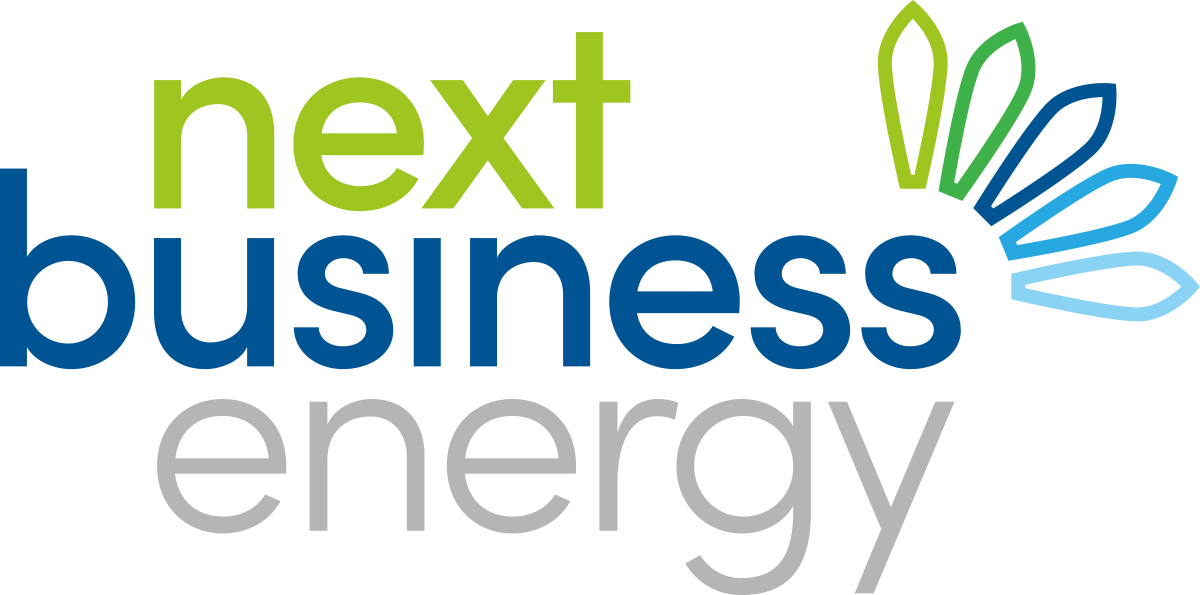From 1 July 2024, mandatory climate-related financial disclosures are being introduced in Australia. This marks a critical shift in how companies must report and address their environmental impacts. Businesses can no longer afford to treat sustainability as a side issue—climate risk is now a key part of financial and operational reporting. As a result, businesses of all sizes should prepare for stricter compliance standards, transparency expectations, and data accuracy obligations.
This blog unpacks what these new regulations mean, who they affect, and how your business can prepare for climate reporting and broader energy compliance obligations in 2025.
Why Is Climate Reporting Changing?
The changes are driven by the Australian Government’s commitment to net zero by 2050 and growing investor, customer, and regulator demand for transparency around climate risk. According to ASIC’s recent media release 24-205MR, the new reporting regime aims to “improve the quality and comparability of climate-related financial disclosures” and ensure that investors are well-informed about the risks and opportunities associated with climate change.
For businesses, this means climate data and reporting need to meet the same level of rigour as financial disclosures—clearly stated, well-documented, and auditable.
Who Will Be Affected?
The rollout will begin with Australia’s largest companies and financial institutions, with smaller entities gradually brought into the framework. The staged implementation is aligned with global standards, such as the International Sustainability Standards Board (ISSB) climate disclosure framework, and will include:
- Mandatory reporting for large companies based on revenue, asset size, and number of employees
- Reporting on Scope 1 and 2 emissions, and eventually Scope 3 (supply chain and value chain emissions)
Climate governance and strategy disclosures, including how boards oversee climate risk
Even if your business is not immediately affected, it’s wise to start preparing now. Suppliers, partners, and lenders may begin requiring climate data well before regulations catch up with you.
What Must Be Reported?
Mandatory disclosures will include both qualitative and quantitative climate information, such as:
- Governance processes for managing climate-related risks
- Actual and potential impacts of climate-related risks and opportunities on the business model, strategy, and financial planning
- Greenhouse gas emissions data (Scope 1, 2, and eventually Scope 3)
- Climate-related targets and performance
- Scenario analysis and climate resilience assessments
According to ASIC, disclosures should be “clear, accurate and not misleading”—which means greenwashing or vague statements will not suffice.
Key Challenges for Businesses
Preparing for climate reporting introduces a number of challenges:
- Data collection: Many businesses are not yet equipped to track emissions accurately or consistently.
- Systems and governance: Reporting requires collaboration across finance, operations, legal, and sustainability teams.
- Risk of penalties: Failing to report or making misleading claims could lead to regulatory enforcement and reputational damage.
- Rising expectations from stakeholders: Investors, customers, and employees increasingly expect companies to have a credible climate strategy.
How to Prepare
Here are practical steps your business can take now to stay ahead:
1. Assess Your Reporting Readiness
Begin with a gap analysis. What data do you currently collect? What systems are in place for tracking energy use or emissions? Can you report Scope 1 and 2 emissions now?
If you don’t yet have data processes in place, start simple: begin tracking energy usage via smart meters, reviewing past bills, and engaging internal teams in climate data awareness.
2. Establish Governance Structures
Climate reporting must be embedded into existing governance frameworks. Appoint a climate risk lead or working group responsible for managing reporting obligations and integrating them into broader corporate governance and financial strategy.
3. Engage with Energy Experts
Work with an energy retailer, sustainability consultant, or emissions auditor to establish a robust reporting process. Tools such as energy audits and smart meters not only support compliance—they can also identify cost savings and efficiency opportunities.
4. Integrate Reporting with Broader Sustainability Strategy
Use mandatory compliance as an opportunity to strengthen your sustainability goals. Climate disclosure is not just about regulation—it also opens the door to better risk management, competitive differentiation, and long-term financial performance.
ASIC’s warning is clear: businesses need to start preparing now. These aren’t optional initiatives or marketing buzzwords. Climate-related disclosures will soon become an integral part of financial reporting in Australia, and those who fail to prepare risk being left behind.
By taking proactive steps today—such as improving data visibility, strengthening governance, and seeking expert support—your business can not only meet its regulatory obligations, but also build trust with stakeholders and future-proof its operations.
If you’re unsure where to start, reach out to a trusted energy partner like Next Business Energy. We can help you assess your current energy performance, reduce your emissions profile, and put the systems in place for successful climate reporting—well ahead of the deadline.

